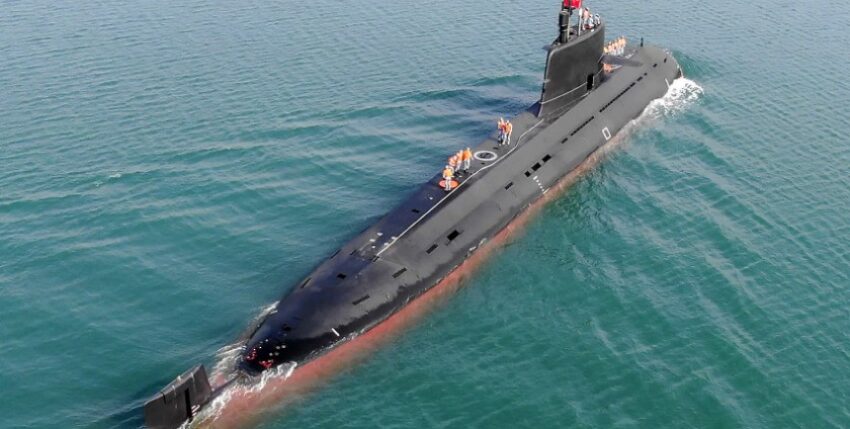A correction first: In issue 10-23, it was stated that submarines made in Sweden are also used in Australia and Japan. This is only true insofar as Australia used the Swedish Kockums design to build its six COLLINS-class boats in its own shipyards - Japan only used the Swedish licence for its ten SOROYU-class boats to build the Stirling engine of the air-independent propulsion system itself.
So, that was necessary - now to the actual news from East Asia. Thailand ordered a conventional Chinese S 26T class submarine (export version of the YUAN class, 78 m, 3600 tonnes) in May 2017, but its delivery, which is now due, is to be delayed until April 2024 due to the pandemic. In addition, the Thai parliament also refused to approve the funds for the two other boats planned by the navy. And there is also bad luck, as the MTU 396 propulsion diesel engine to be supplied by Germany cannot be installed because Germany refuses to deliver these engines to China due to the EU embargo on weaponised sales that has been in place since 1989. However, because the installation of the Chinese copy of the complete diesel engine, which has now been completed, was also not accepted by parliament, Thailand's defence minister did not cancel the purchase of this submarine without further ado, but froze it "until further notice". In response to his suggestion that a Chinese frigate or an OPV could be purchased instead of the submarine at little extra cost, the parliament decided in favour of a frigate. Interestingly, the German diesel engine is merely the complementary propulsion option to the air-independent propulsion by means of a Stirling engine. Cause and effect - Far Eastern wisdom is not always easy to understand straight away.










